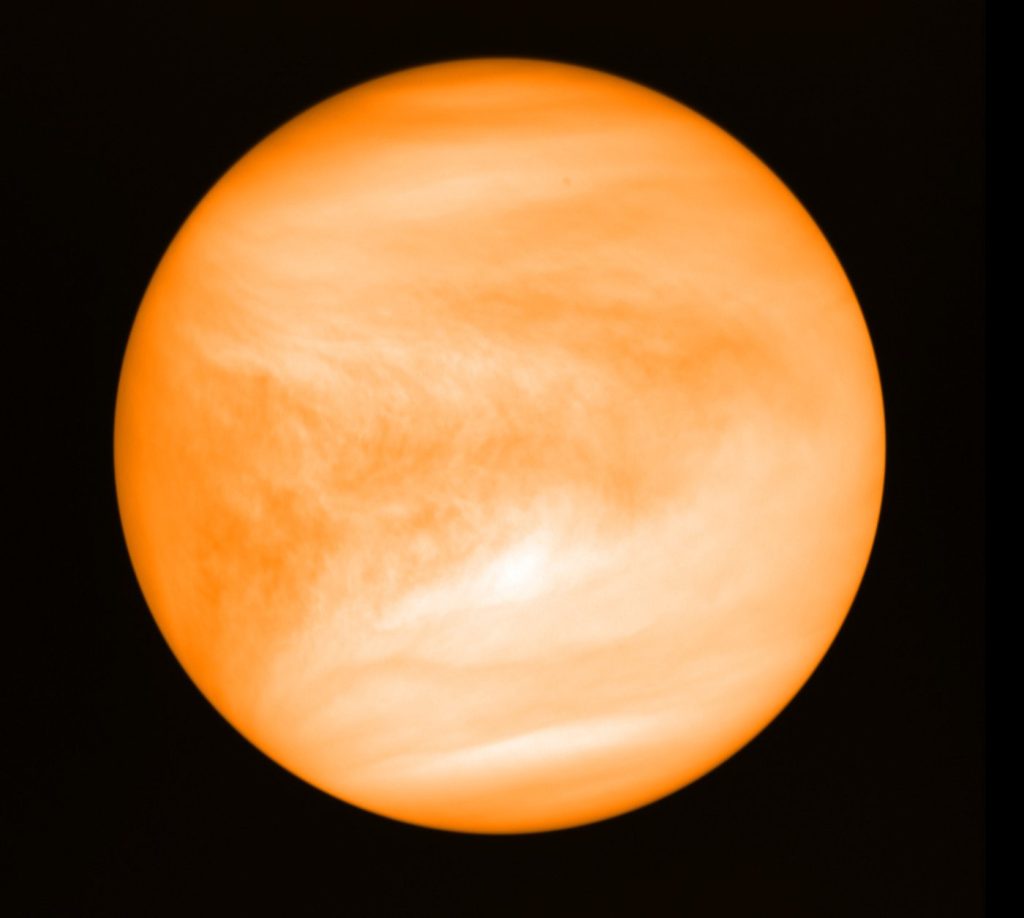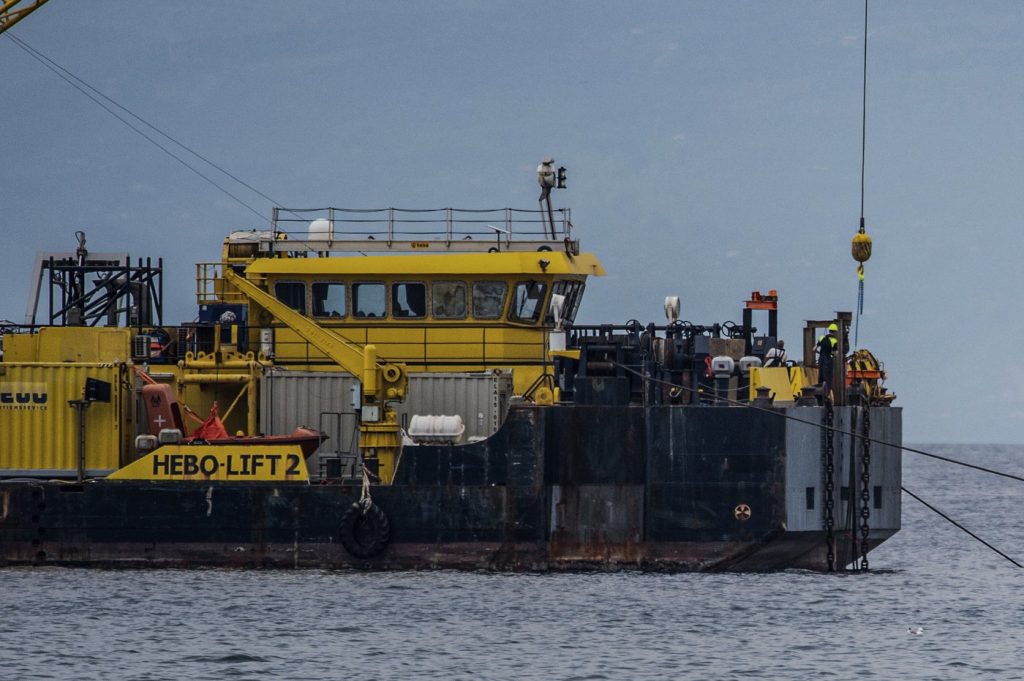A Soviet-era spacecraft known as Kosmos 482 plunged to Earth on Saturday, marking the end of a journey that began over fifty years ago. Launched in 1972 by the Soviet Union, Kosmos 482 was part of a series of missions aimed at exploring Venus, but a malfunction during its launch prevented it from escaping Earth's orbit. This spacecraft remained in low Earth orbit until its eventual reentry.
The spacecraft's uncontrolled reentry was confirmed by both the Russian Space Agency and the European Union Space Surveillance and Tracking. While Russian officials suggested that the spacecraft fell over the Indian Ocean, some experts expressed uncertainty regarding the exact impact location. Additionally, the European Space Agency’s space debris office reported tracking the spacecraft during its descent, noting that it did not appear over a radar station in Germany.
Prior to its descent, there was speculation among experts about whether any portion of the spacecraft would survive the intense heat of reentry. Given that Kosmos 482 was designed to endure extreme conditions on the surface of Venus, some components were expected to withstand the fiery descent back to Earth. Specifically, the lander, estimated to be about 3 feet (1 meter) in diameter and weighing over 1,000 pounds (495 kilograms), was enclosed in a durable titanium casing.
Despite the spacecraft’s size and the potential for debris to scatter over a wide area, scientists maintained that the chances of anyone being harmed by falling debris were exceedingly low. Concerns over the spacecraft's reentry were heightened due to its uncontrolled descent, as it lacked guidance from flight controllers typically employed to direct debris toward safe zones like the Pacific Ocean.
After its initial launch failure, most of Kosmos 482’s components returned to Earth within a decade, but the lander was the last part to descend as it succumbed to Earth's gravitational pull. The efforts to track the spacecraft were complicated by factors such as solar activity and the deterioration of its structure from prolonged exposure to space. As its reentry approached, scientists, military experts, and observers struggled to pinpoint the exact timing and location of its fall.
The uncertainty surrounding the spacecraft's fate led to disappointment among some observers. Dutch scientist Marco Langbroek succinctly expressed this sentiment, stating, “If it was over the Indian Ocean, only the whales saw it.” As of Saturday afternoon, the U.S. Space Command had not yet confirmed the spacecraft’s demise, as they were still in the process of collecting and analyzing data from orbit.
Kosmos 482 became the subject of heightened interest among government and private space trackers due to its atypical reentry characteristics. As a part of the U.N. treaty on outer space, any wreckage that may have survived will be considered Russian property. The reentry of Kosmos 482, particularly with its potential to survive the atmospheric plunge, accentuated the ongoing scrutiny of space debris management and safety protocols, highlighting the complexities involved in monitoring such uncontrolled descents.












